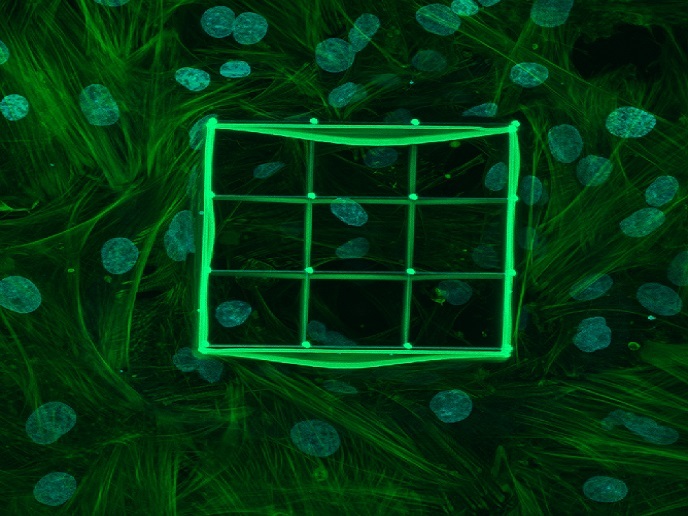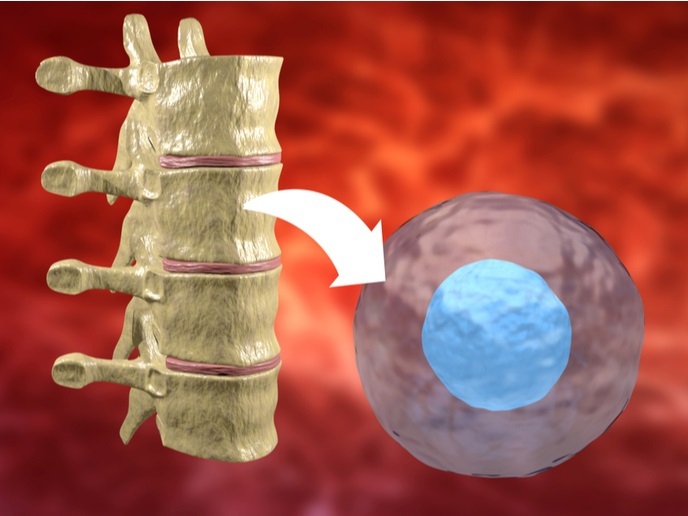Low oxygen makes the heart grow
Cardiac development is a complex process that integrates various parameters to drive cardiac progenitor differentiation into the myocardial, smooth muscle and endothelial structures of the heart. Cardiogenesis takes place under conditions of low oxygen but the molecular mechanisms controlling the adaptation to hypoxia remain poorly understood. The scope of the EU-funded HYPOXIA & CELL FATE (Oxygen sensing in cardiovascular progenitors cell fate decisions) project was to elucidate the impact of hypoxia on the differentiation and homeostasis of different cardiac progenitors. In this context, the consortium employed embryonic stem cell differentiation assays and performed gain-of-function or loss-of-function studies in transgenic animals. They generated, for the first time, a detailed oxygen map during cardiac development. This showed that hypoxia occurs early during development. At later time points it is confined in the epicardium and endocardium. They further discovered that low oxygen tension repressed certain types of progenitors while promoting the differentiation of other cardiac muscle progenitors. Considerable effort went into the elucidation of the hypoxia-inducible factor (HIF) pathway that responds to changes in the cellular oxygen availability. More specifically, scientists generated transgenic mice with deletion in the Hif2 or Vhl genes and observed the impact on heart development. Collectively, their results indicated that a proper balance in HIF-VHL interaction is required for correct coronary development and cardiovascular homeostasis. The findings and mouse models generated during the HYPOXIA & CELL FATE study have great biomedical interest. They could serve as models for recapitulating congenital heart disease and help delineate their molecular aetiology.







